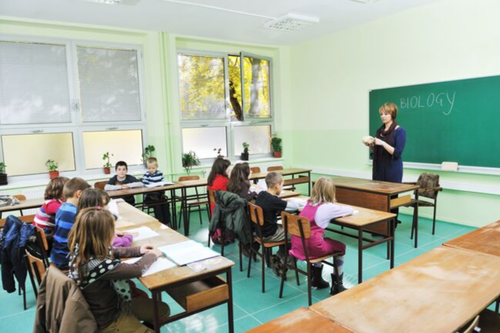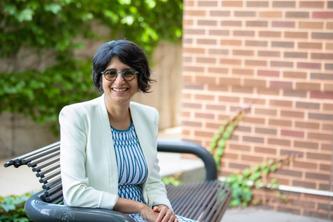
While resumes and job applications are commonly used to screen applicants for teaching positions, there’s been little research on how to use these documents to accurately predict job performance or potential turnover — until now.
In recent research published in the Journal of Applied Psychology, researchers at the University of Minnesota’s Carlson School of Management combined economic and psychological theory, a large body of evidence and machine learning to develop an automatable way to help human resources professionals and school administrators push the most promising resumes to the top of the pile, while reducing the likelihood of recruiter biases.
"There is heated debate over whether we should use machine learning and AI to assist in making hiring decisions because of reproducing and perpetuating the biases that already exist in the data," said Sima Sajjadiani, the study’s lead author who developed this research as a doctoral student at the Carlson School. "This research shows how machine learning may help reduce the risks of biases while improving the quality of employee selection."
“Job applications are filled with different ways applicants describe their past work,” said Aaron Sojourner, professor and labor economist with the Carlson School. “However, the ways hiring officials interpret those words can vary day-to-day and applicant-to-applicant. Using machine learning provides an objective, auditable and automatible way to translate an applicant’s words into measurable outcomes that could predict their future performance and length of tenure.”
Using data from 16,071 external applicants who applied for teaching positions at Minneapolis Public Schools between 2007 and 2013, researchers examined various retention and effectiveness measures for the 2,225 applicants hired:
- Occupational experience relevance: How well the knowledge, skills and abilities of teaching matched a candidate’s past jobs by leveraging the U.S. Department of Labor’s Occupational Information Network.
- Tenure history: The length of time spent in previous positions compared to what is typical in those occupations.
- Attributions for previous turnover: Applicants’s descriptions for leaving previous positions, including: involuntary, avoiding bad jobs, approaching better jobs, and other reasons (e.g., following a spouse’s move to a new town).
Among findings, researchers found applicants reporting:
- more-relevant work experience tended to be more-effective as teachers;
- prior experience as a teacher did not tend to perform better than others with experience in similar jobs;
- shorter tenure in previous jobs tended to perform more poorly on the job and leave more quickly;
- they left past positions to seek a better position tended to perform better on all measures.
“Most machine learning emphasizes pure automated prediction from a mass of data,” said John Kammeyer-Mueller, Carlson School professor and director of the Center for Human Resources and Labor Studies. “This atheoretical approach means it's hard to know why some people are better hires. Because we started from a model of experience and motivation developed in prior research, we were able to use the power of big data in a way that organizational leaders can easily interpret and understand.”
In education specifically, researchers believe it can have a long-lasting impact on students.
“While the primary purpose is to predict performance and retention, there is an important additional advantage of this work that might be easy to overlook,” said Elton Mykerezi, associate professor of applied economics in the College of Food, Agricultural and Natural Resource Sciences. “Along with reducing implicit biases, it could also improve equity among students. Without effective screening, schools can only learn about teacher effectiveness by trial and error. As disadvantaged students are more likely to be taught by new teachers, they are more likely to bear this learning cost.”
Funding was provided by the University of Minnesota Carlson School Dean’s Small Grant and the Institute of Education Sciences in the U.S. Department of Education.
- Categories:
- Business and Management





